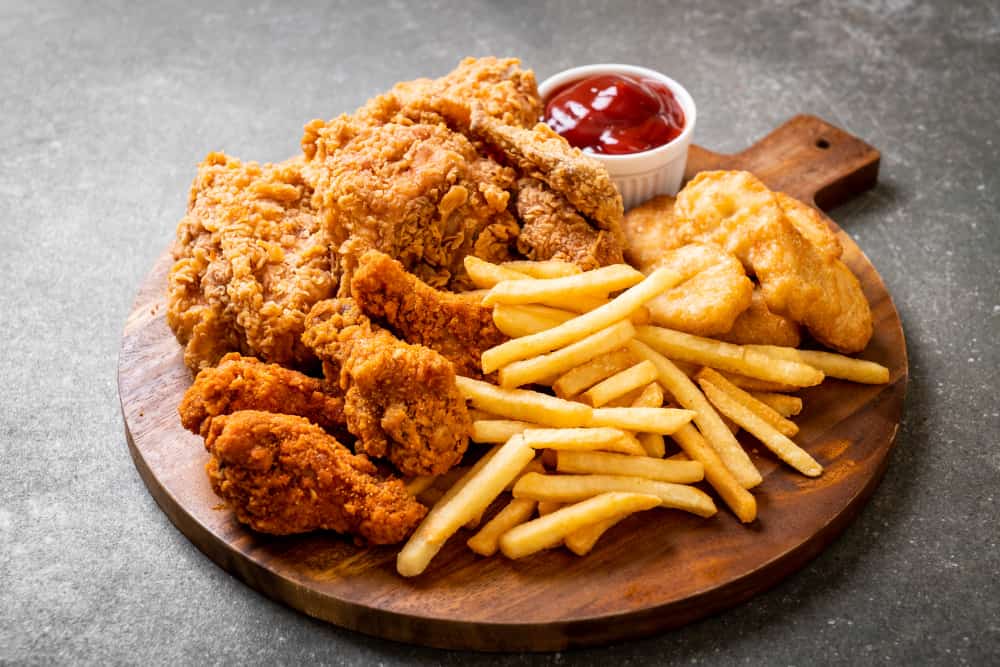5. Fried and Fatty Foods

Fried and fatty foods are known for their potential to exacerbate symptoms of diverticulitis due to their high fat content, which can be difficult for the digestive system to process. These types of foods can increase the risk of inflammation within the diverticula, leading to painful flare-ups for those with the condition. The heavy, greasy nature of fried foods can also contribute to discomfort and complications, making them less than ideal for individuals aiming to manage diverticulitis effectively. Consequently, healthcare professionals often recommend minimizing or avoiding fried and fatty foods as part of a dietary approach to managing this digestive disorder.
Opting for healthier cooking methods such as baking, grilling, or steaming can be beneficial for those with diverticulitis. These methods do not require the use of excess oils or fats, making the food easier to digest and reducing the likelihood of exacerbating symptoms. Incorporating lean proteins, whole grains, and a variety of fruits and vegetables into one’s diet can also support digestive health and help mitigate the risk of diverticulitis flare-ups. It’s about finding a balance that allows for enjoyment of food while also taking care to not aggravate the condition.
Making dietary adjustments, including reducing the intake of fried and fatty foods, can play a significant role in managing diverticulitis and improving overall digestive health. While it may require some modifications to your eating habits, the benefits of a diet that supports gut health are well worth the effort. Consulting with a healthcare provider or dietitian can provide personalized advice and support in navigating these changes, ensuring that your diet remains nutritious, balanced, and conducive to managing diverticulitis effectively.
